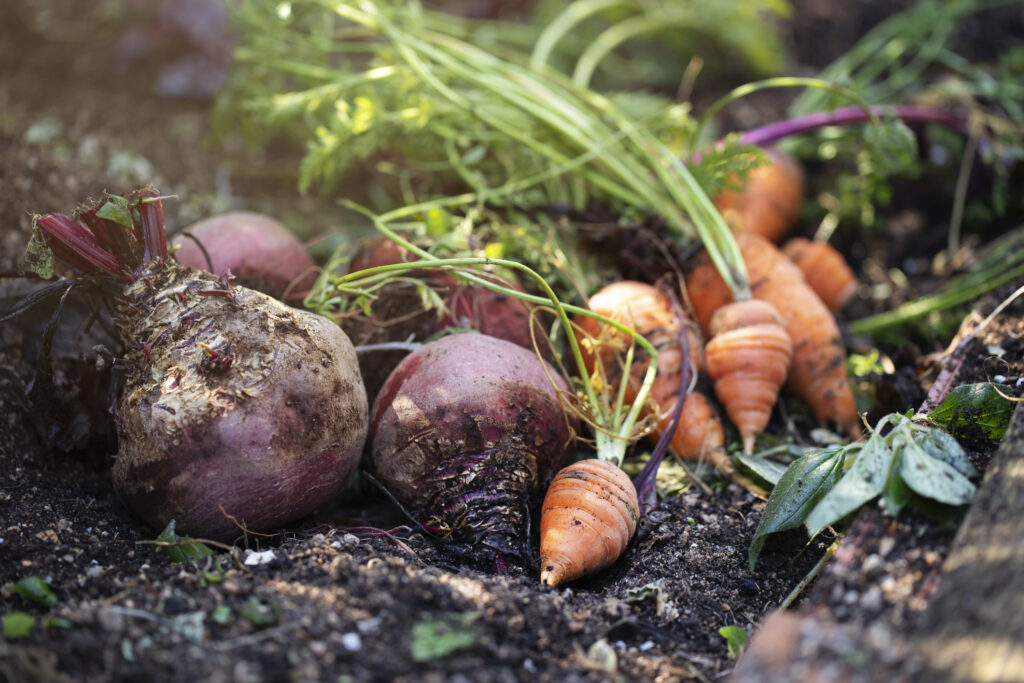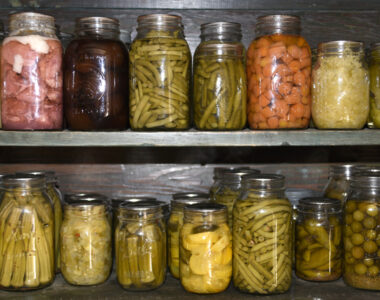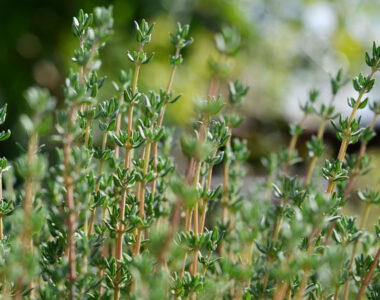
As the growing season winds down, it’s time to shift from planting and harvesting to harvest storage and preservation strategies. Many crops—especially root vegetables, onions, squash, and hearty greens—can last well into winter with the right storage setup. Whether you’re managing a farm or just growing your own food at home, smart preservation practices can stretch your hard work for months.
Why Harvest Storage Matters
Storing crops properly isn’t just about convenience. For farmers, effective harvest storage and preservation strategies mean extended sales opportunities long after the fields have gone dormant. For consumers, it means enjoying local produce when grocery shelves rely on imported goods. When handled well, winter storage can maintain quality, reduce waste, and protect profits.
What to Store and How to Do It
Different crops thrive in different storage conditions. Understanding temperature, humidity, and air circulation is key.
Root vegetables like carrots, beets, turnips, and parsnips prefer cool, humid environments. A simple insulated space or unheated basement works well if you keep humidity around 90–95% and temperatures near 32–40°F. Store roots in boxes filled with damp sand or sawdust to maintain moisture without rot.
Onions and garlic do best in dry, well-ventilated areas. Cure them first—lay them out in a single layer in a shaded, breezy spot for about two weeks until their skins dry and necks tighten. After curing, hang them in mesh bags or braid the stalks and keep them in a cool, dry area around 40–50°F.
Winter squash and pumpkins require warmth to cure, then cooler air for long-term storage. Cure them at 80–85°F for about 10 days to harden the skins, then store at 50–55°F with moderate humidity. Properly cured squash can last three to six months.
Cabbage and hearty greens like kale and collards tolerate colder conditions. Hang whole cabbage heads by the roots in a cool space or wrap them individually in paper and stack them loosely on shelves.
Modern Twists on Traditional Methods
You don’t need a full root cellar to use harvest storage and preservation strategies effectively. Many farmers repurpose walk-in coolers, insulated sheds, or underground spaces to maintain the right balance of temperature and humidity. At home, refrigerators, cool basements, or even garage cabinets can keep produce fresh if monitored carefully.
Adding small fans or hygrometers can help manage air flow and moisture. Regularly inspect stored crops—remove anything showing early signs of mold or soft spots to prevent spoilage from spreading.
The Takeaway
Simple, thoughtful harvest storage and preservation strategies can make your hard work last deep into the cold months. Whether you’re running a diversified farm or stocking your family pantry, a few adjustments in temperature and humidity go a long way toward keeping food fresh and nutritious through winter.
Related Blog: Protecting Late Crops from Frost



